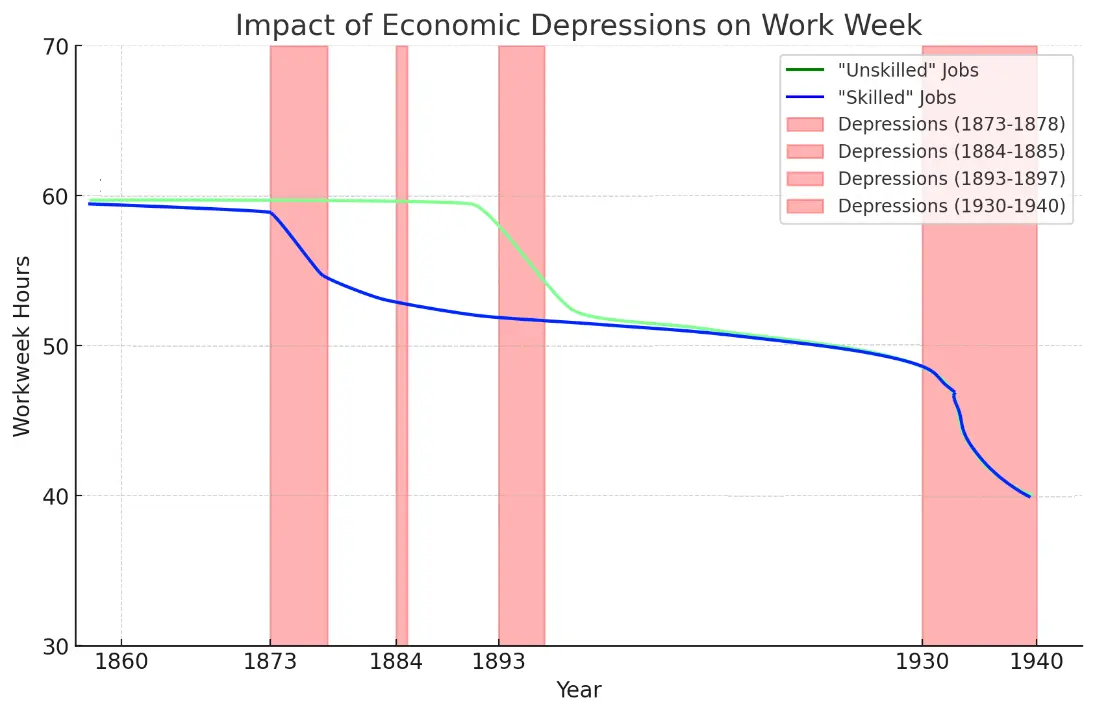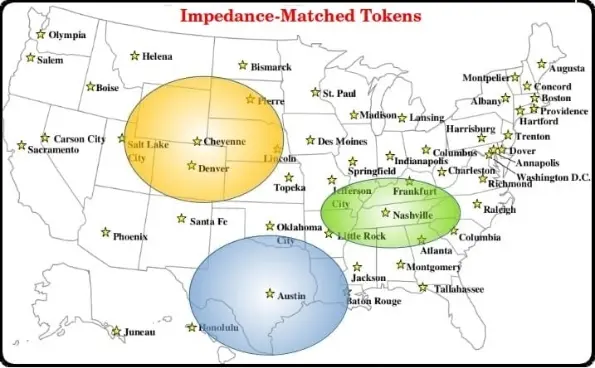(Equipoise: an equal distribution of weight; even balance; equilibrium An arcane term I've appropriated as a unique identifier.)
A Strategic Response to AI Disruption through Economic Resilience and Labor Reform
June 2025 | For Members of State Government
Executive Summary
AI is accelerating systemic change across every sector — education, finance, labor, and governance. But history shows that unbuffered systemic change produces social unrest, economic dislocation, and political volatility. Like the Luddites of the early 1800s, modern backlash is not against innovation — it’s against economic dislocation.
The fifty States have a unique opportunity to lead — not by resisting change, but by buffering it.
Historical Pattern
- 1811 to 1816: British textile workers destroyed mechanized looms in protest. Parliament responded with force. Disruption continued and trust in institutions eroded for decades.
- 2023 to 2025: AI systems displace cognitive labor, spark employment panic and erode public trust. Lawmakers are reacting but reactivity is not a strategy.
The Workweek Shrinks Over Time
Since the 1860s, the American workweek has intermittently declined:
- 60+ hours/week (1880s) → 40 hours/week (1938 Fair Labor Standards Act)
- Further reduction is historically consistent and economically optimal.
States can accelerate this natural arc by embracing shortened workweek pilots alongside sound money policies to preserve real wages.

Policy Pillars for Systemic Buffering
Economic Buffer
- Deploy State asset-backed tokens to stabilize local commerce
- Reduce exposure to centralized monetary fragility
Labor Buffer
- Support a 28–32 hour workweek pilot for targeted sectors
- Protect employment while distributing gains from automation
Social Buffer
- Expand workforce reskilling funds tied to AI disruption
- Ensure transitions do not disproportionately harm rural and legacy sectors
State Action Is Important
Federal policy is slow. Tech is not. Early actors will gain economic advantage, social stability, and national influence. States possess unique constitutional authority to experiment with:
- Monetary systems
- Labor regulation
- Educational initiatives
Closing Statement
This is not opposition to AI - it is a guide for AI ntegration.
The question is not if disruption is coming. It’s how prepared your State is.
Gold Token Project
The Gold Token Project represents a concrete, actionable strategy for buffering economic shocks driven by AI disruption, currency instability, and supply chain volatility. By enabling states to issue asset-backed digital tokens, the project bridges legacy trust (gold) with modern digital flexibility.
Key Strategic Benefits
- Economic Resilience: Maintains purchasing power for citizens during inflationary periods and insulates state-level economies from federal monetary policy shocks.
- Local Liquidity: Empowers local governments, businesses, and residents to transact using state-anchored instruments without leaving the broader dollar-based framework.
- Public Trust: Combines historical legitimacy of gold with modern transparency (via blockchain), rebuilding trust in public institutions.

Synergy with Workweek Reduction
The reduced workweek strategy complements the gold token project by addressing labor-side stress as AI displaces traditional jobs. Together, they form a comprehensive buffer:
- Monetary buffer (Gold Token) maintains wage value
- Time buffer (Shorter Workweek) protects well-being and employment distribution
The economic slack created by automation is not a threat — if redirected properly. These initiatives enable that redirection.
Conclusion
States that adopt gold-backed digital currency platforms now will have the infrastructure in place to manage future volatility. Rather than resisting AI, this platform allows states to mediate its impact, sustain local economies, and maintain political legitimacy.





Comments